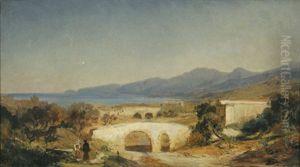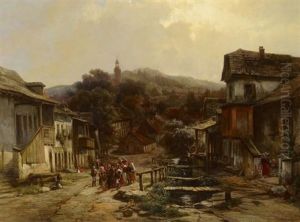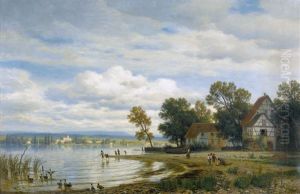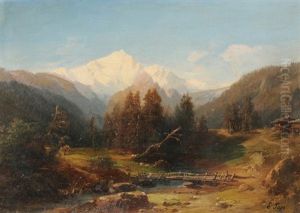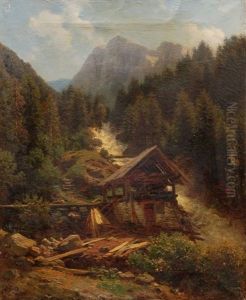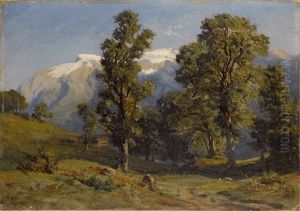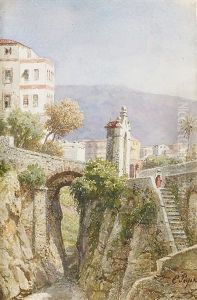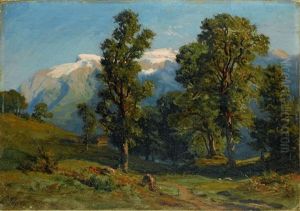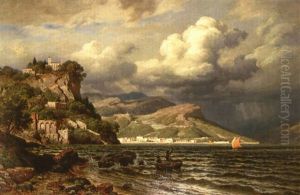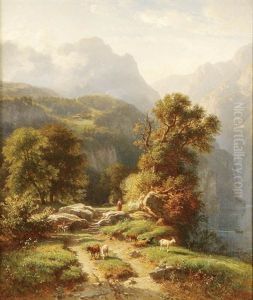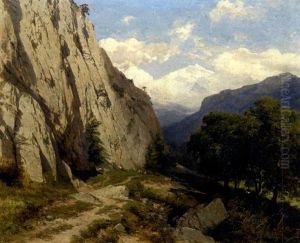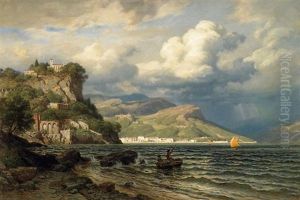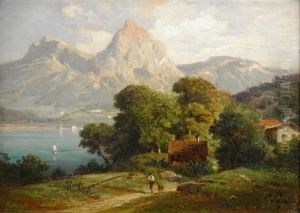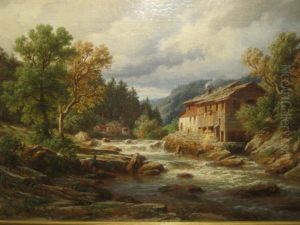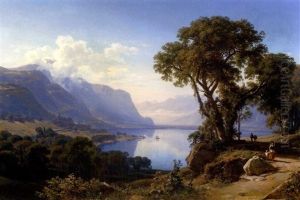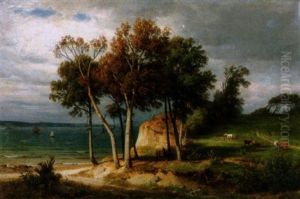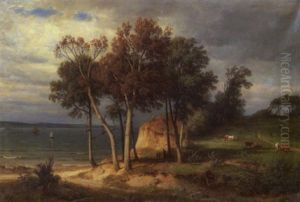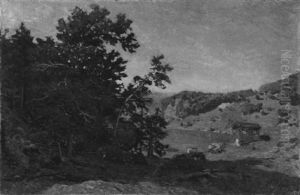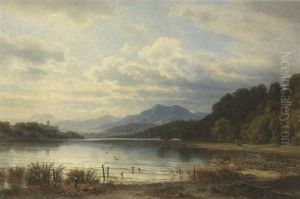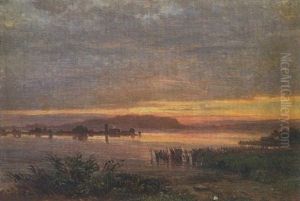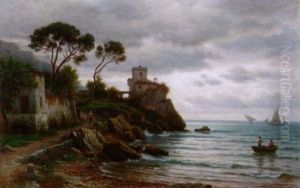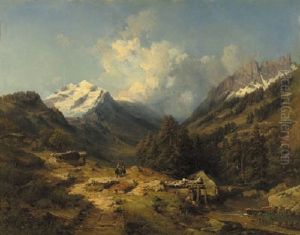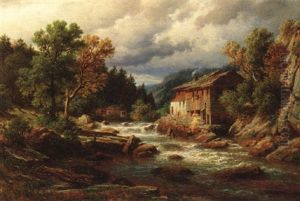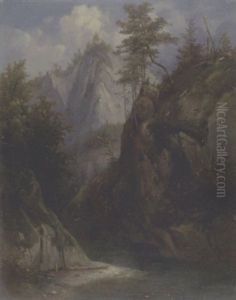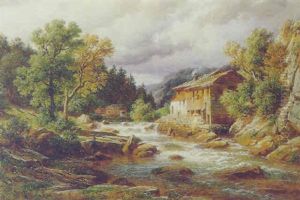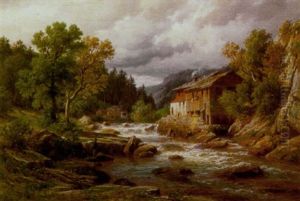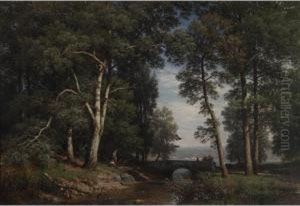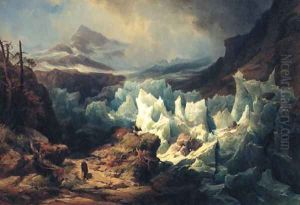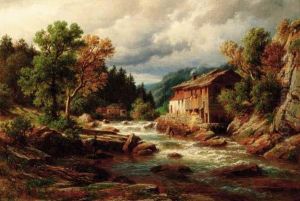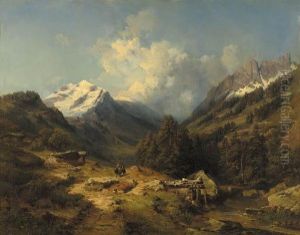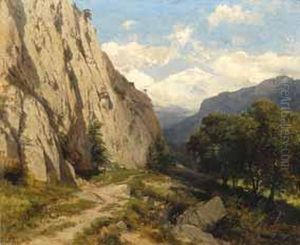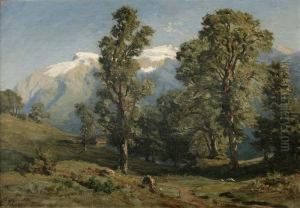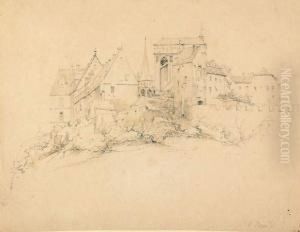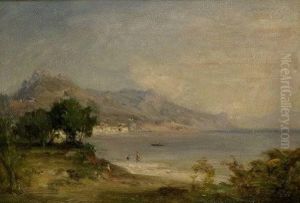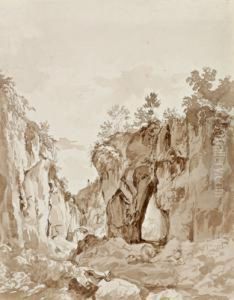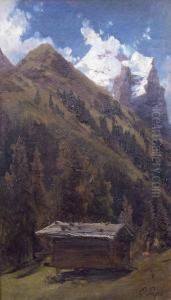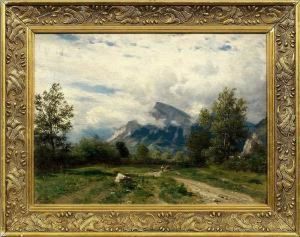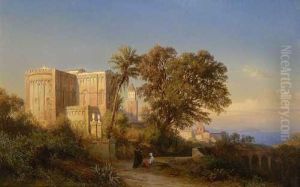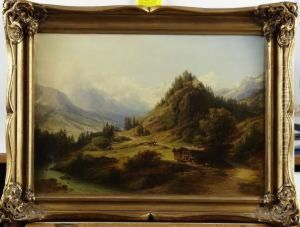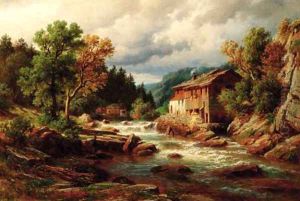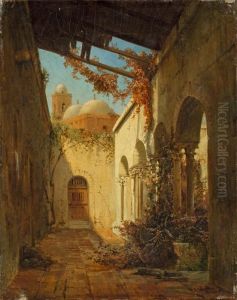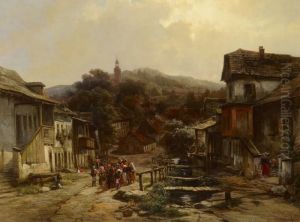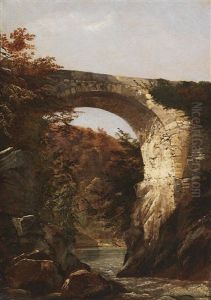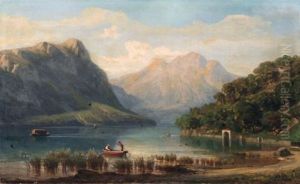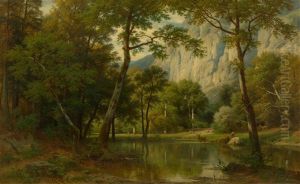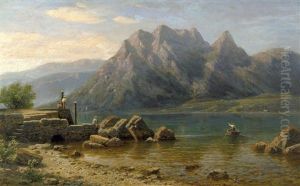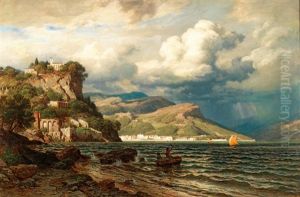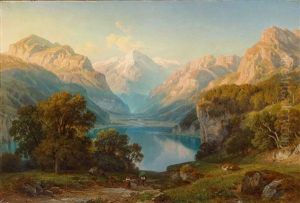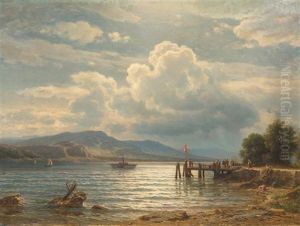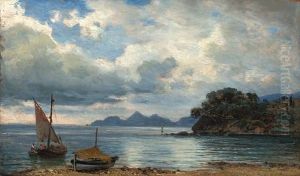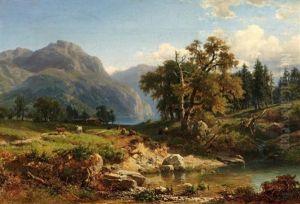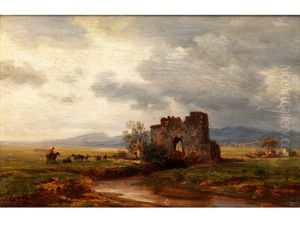Eduard Friedrich Pape Paintings
Eduard Friedrich Pape was a German painter and illustrator, born in 1817 in Berlin, Germany. His artistic journey began under the guidance of his father, who was also an artist, laying the foundational skills and passion for the arts in young Eduard. He further honed his skills and expanded his artistic knowledge at the Berlin Academy of Arts, where he was influenced by the Romanticism movement that was prevalent in Europe at the time. Pape's work is characterized by its intricate detail, vibrant colors, and often, the incorporation of romantic and fantastical elements, which became his signature style.
During his career, Pape was both prolific and versatile, working in various mediums including oil painting, watercolor, and illustration. He is perhaps best known for his contributions as an illustrator, where his work adorned the pages of books, magazines, and newspapers, bringing stories and articles to life with his vivid imagery. His illustrations often depicted scenes from German folklore, history, and literature, resonating with the cultural identity and tastes of the time.
In addition to his illustrations, Pape's oil paintings also garnered attention and acclaim. His landscapes and scenes of everyday life in the 19th century Germany are particularly noted for their realistic portrayal and atmospheric quality, showcasing his skill in capturing the essence of the moment and the beauty of the natural world.
Despite his success, Eduard Friedrich Pape remained a figure who shied away from the limelight, preferring to let his work speak for itself. His contributions to the arts were recognized by his peers and by art critics of the time, but today, he is perhaps less well-known to the general public than some of his contemporaries.
Pape continued to work and create art until his later years, leaving behind a rich legacy of paintings and illustrations when he passed away in 1905. His works can be found in various art collections and museums in Germany and around the world, where they continue to be appreciated for their beauty, craftsmanship, and historical value.
